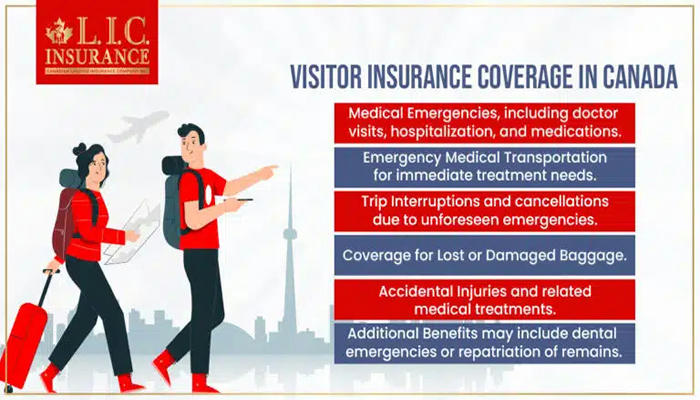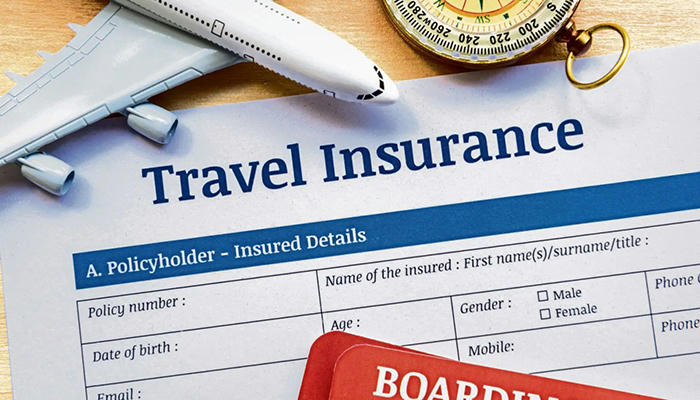The Benefits of Travel Insurance: Your Safety Net for Stress-Free Travel
Traveling is an exciting adventure, but it also comes with uncertainties. From unexpected medical emergencies to lost luggage or trip cancellations, unforeseen events can disrupt your plans and lead to significant financial losses. This is where travel insurance steps in, offering a safety net that ensures you can enjoy your journey with peace of mind. In this guide, we’ll explore the key benefits of travel insurance, how to choose the right policy, and why it’s an essential part of any travel plan.

Why Travel Insurance Matters
Travel insurance is more than just an optional add-on—it’s a crucial tool for protecting yourself against the unexpected. Whether you’re traveling domestically or internationally, having the right coverage can save you from financial stress and provide support when you need it most.
Key Benefits of Travel Insurance
1. Medical Expense Coverage
What It Covers: Medical costs due to illness or accidents during your trip.
Example: A traveler in Thailand required emergency surgery, and their insurance covered $5,000 in medical expenses.
2. Trip Cancellation or Interruption
What It Covers: Reimbursement for non-refundable costs if you need to cancel or cut short your trip due to unforeseen events like illness, family emergencies, or natural disasters.
Example: A traveler received $1,200 after canceling a European trip due to a family emergency.
3. Lost or Damaged Baggage
What It Covers: Compensation for lost, stolen, or damaged luggage.
Example: A traveler was reimbursed $500 after their luggage was lost during a flight to Japan.
4. Emergency Assistance Services
What It Covers: 24/7 support for issues like lost passports, emergency cash transfers, and translation services.
Example: An insurance company provided emergency cash and helped a traveler contact the local embassy after their passport was stolen in Mexico.

5. Accident Protection
What It Covers: Compensation for injuries or accidental death during the trip.
Example: A family received financial support after a traveler passed away in an accident abroad.
6. Trip Delay Coverage
What It Covers: Reimbursement for additional expenses like accommodation and meals due to transportation delays.
Example: Insurance covered $300 for a traveler stranded overnight due to a 24-hour flight delay.
7. Medical Evacuation
What It Covers: Arranges and pays for transportation to a suitable medical facility in case of serious illness or injury.
Example: A traveler was evacuated back to the U.S. for further treatment, with all costs covered by their insurance.
8. High-Risk Activity Insurance
What It Covers: Extra protection for adventurous activities like skiing, scuba diving, or hiking.
Example: A traveler’s insurance covered skiing-related risks during a trip to Switzerland.
9. Legal and Liability Coverage
What It Covers: Assistance with legal fees and compensation if you accidentally cause injury or damage to others.
Example: Insurance covered the costs when a traveler accidentally damaged hotel property.
10. Enhanced Travel Experience
What It Offers: Peace of mind, allowing you to fully enjoy your trip without worrying about potential risks.
How to Choose the Right Travel Insurance

Selecting the right travel insurance policy requires careful consideration of your needs and travel plans. Follow these steps to make an informed decision:
Assess Your Travel Needs:
Consider your destination, trip duration, and planned activities. For example, adventure sports may require additional coverage.
Determine the Coverage You Need:
Common coverage options include medical expenses, trip cancellation, baggage protection, liability, and high-risk activity insurance.
Compare Insurance Plans:
Look at coverage limits, policy terms, and customer reviews to find the best fit.
Evaluate the Insurance Provider:
Choose a reputable provider with 24/7 emergency assistance and a track record of efficient claim handling.
Check Costs and Value for Money:
Compare prices and ensure the policy offers good value for the coverage provided.
Purchase at the Right Time:
Buy travel insurance as soon as you book your trip to maximize coverage, especially for trip cancellation benefits.
Real-Life Scenarios: How Travel Insurance Saves the Da

Medical Emergency Abroad:
A traveler in Thailand required emergency surgery, and their insurance covered $5,000 in medical expenses, saving them from financial strain.
Lost Luggage:
A traveler’s luggage was lost during a flight to Japan, and their insurance reimbursed $500 to replace essential items.
Trip Cancellation:
A family emergency forced a traveler to cancel their European trip, and insurance reimbursed $1,200 for non-refundable expenses.
Passport Theft:
A traveler in Mexico lost their passport, and their insurance provided emergency cash and assistance in contacting the local embassy.
Conclusion
Travel insurance is an invaluable investment that protects you from financial losses and provides support during emergencies. By understanding the benefits and carefully selecting the right policy, you can travel with confidence, knowing you’re prepared for the unexpected.
Before your next trip, take the time to assess your needs, compare policies, and choose a plan that offers the coverage you need. With travel insurance as your safety net, you can focus on creating unforgettable memories without worrying about what might go wrong. Safe travels!
